What watt/kilo ratio do you need to have to try to win a Tour?
Winning a Tour de France is something only within reach of very few privileged individuals who combine a winning mentality, mental strength, and extraordinary physical capabilities. The use of power meters has helped explain in numbers what a cyclist must have to win the most coveted prize in cycling: the yellow jersey of the Tour de France.
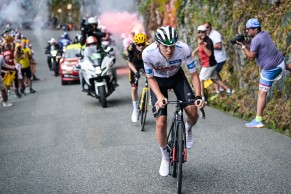
What numbers do you need to win a Tour de France
In the 2023 Tour de France, during the first stage of the Pyrenees, Col de Marie Blanque, one of the toughest climbs in this mountain range with 9 kilometers of increasing difficulty until reaching the final 4, hellish kilometers where the gradient constantly sits at 11-13%, Jonas Vingegaard launched a brutal attack that culminated the high pace set by his teammates in the preceding kilometers. His main rival, Tadej Pogacar, didn't even attempt to follow his wheel given the violence of the pace change.
The subsequent analysis of the stage left us with a staggering fact. The Dane took just over 12 minutes to complete the final 4 kilometers, which means, with those gradients, a speed of over 2000 meters climbed per hour. Putting it all into the calculator, since top-level professionals usually guard their power data jealously, it means maintaining during that time over 7 W/kg of power, or in other words, for the 60 kg listed in the Jumbo-Visma cyclist's profile, over 420 W. What an average cyclist can barely sustain for half a minute, maybe a minute if trained, although usually with more weight.
RECOMENDADO
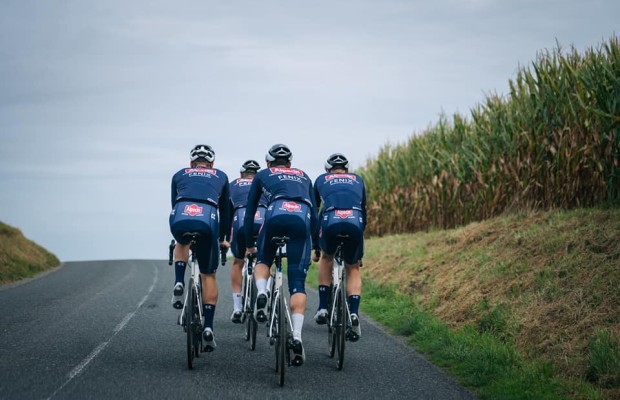
The cyclist's patience: how long, gentle training sessions build your best season

Tips for cycling in the rain

25 cycling gifts ideas to get it right

When do helmets have to be changed? Do they have an expiration date?

Some reasons to stay away from the road in winter
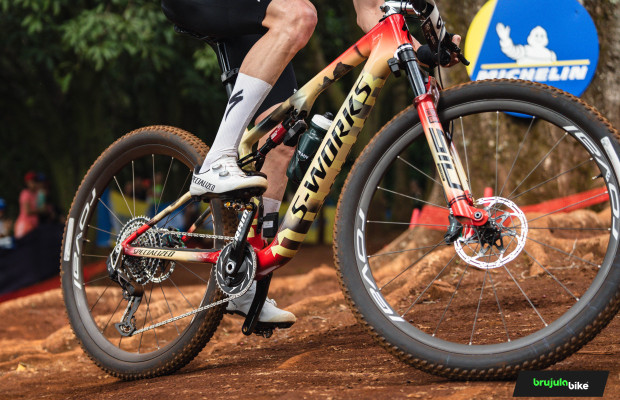
S-Works: what does it really mean and where does Specialized's most exclusive label come from?
The next day the story repeated itself on the Col du Tourmalet, perhaps the most legendary climb of the Tour de France where Tadej Pogacar and Jonas Vingegaard shattered the ascent record, which dated back 30 years to Tony Rominger and Zenon Jaskula, thanks to the intense pace set by Jumbo-Visma from the start and Vingegaard's final attack trying to drop the Slovenian. This time, a much longer climb. 16.8 km ascended in 45 minutes and 37 seconds. In the final 4 kilometers, where the Jumbo-Visma offensive took place, they maintained around 6.8 W/kg for about 13 minutes, which this time, the UAE Team Emirates cyclist was able to withstand.
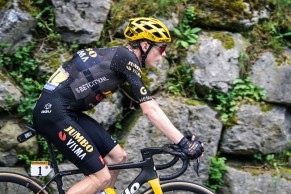
Numbers that mean nothing to most fans, sound familiar to power meter users although they may not fully quantify them, and are impressive.
In the book "Training and Racing with a Power Meter," the bible of power-based training that established the foundations for maximizing the performance of these devices and the methodology for their use, doctors Hunter Allen and Andy Coggan defined the different training zones of the cyclist based on the Functional Threshold Power or FTP. A value defined as the highest power a cyclist can sustain consistently during a 1-hour effort.
Obviously, the way to determine this value would be to perform a 1-hour test pushing to the limit, something excessively tough even for professionals. Therefore, they found a correlation between a shorter test, in this case 20 minutes, and the value that could be sustained during that hour at the limit. A value that would vary between 90 and 95% of what was achieved during 20 minutes, always depending on the cyclist's profile, more diesel or more explosive.
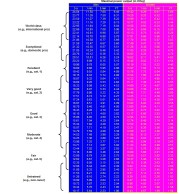
The FTP value, as well as other durations like 5 seconds, 1 minute, 5 minutes, and 20 minutes, is what allows determining the cyclist's profile with which the authors created tables that allowed determining each one's fitness level at a glance.
At the top of the table, we see that, to be a professional cyclist, an FTP of over 6 W/kg is practically mandatory nowadays. However, what about winning the Tour de France? Based on data from recent years, always based on estimates since, as mentioned before, top-level cyclists keep their power data strictly confidential to not give clues to their rivals, it is necessary to have an FTP of over 6.6 W/kg. This means generating over 7 W/kg in the famous 20-minute test.
However, it seems that both Tadej Pogacar and Jonas Vingegaard have managed to push these numbers a bit further. It should be noted that when a test is done, it is faced completely rested and only that is going to be done, at maximum effort. If the test is done correctly, after it, there is nothing left but to pedal slowly back home as we will have completely emptied ourselves. Alberto Contador himself talked about all this in a video posted some time ago on his YouTube channel.
To the tremendous figures they manage to move, we must add the extraordinary recovery capacity to continue maintaining that level as the days go by, although obviously, the accumulated fatigue during the race will cause these stratospheric numbers to decrease as the Tour de France progresses. As they say, the Tour is a race of endurance and being the cyclist least affected by fatigue, that is, whose numbers are least affected is usually what ends up tipping the balance in favor of one or the other.